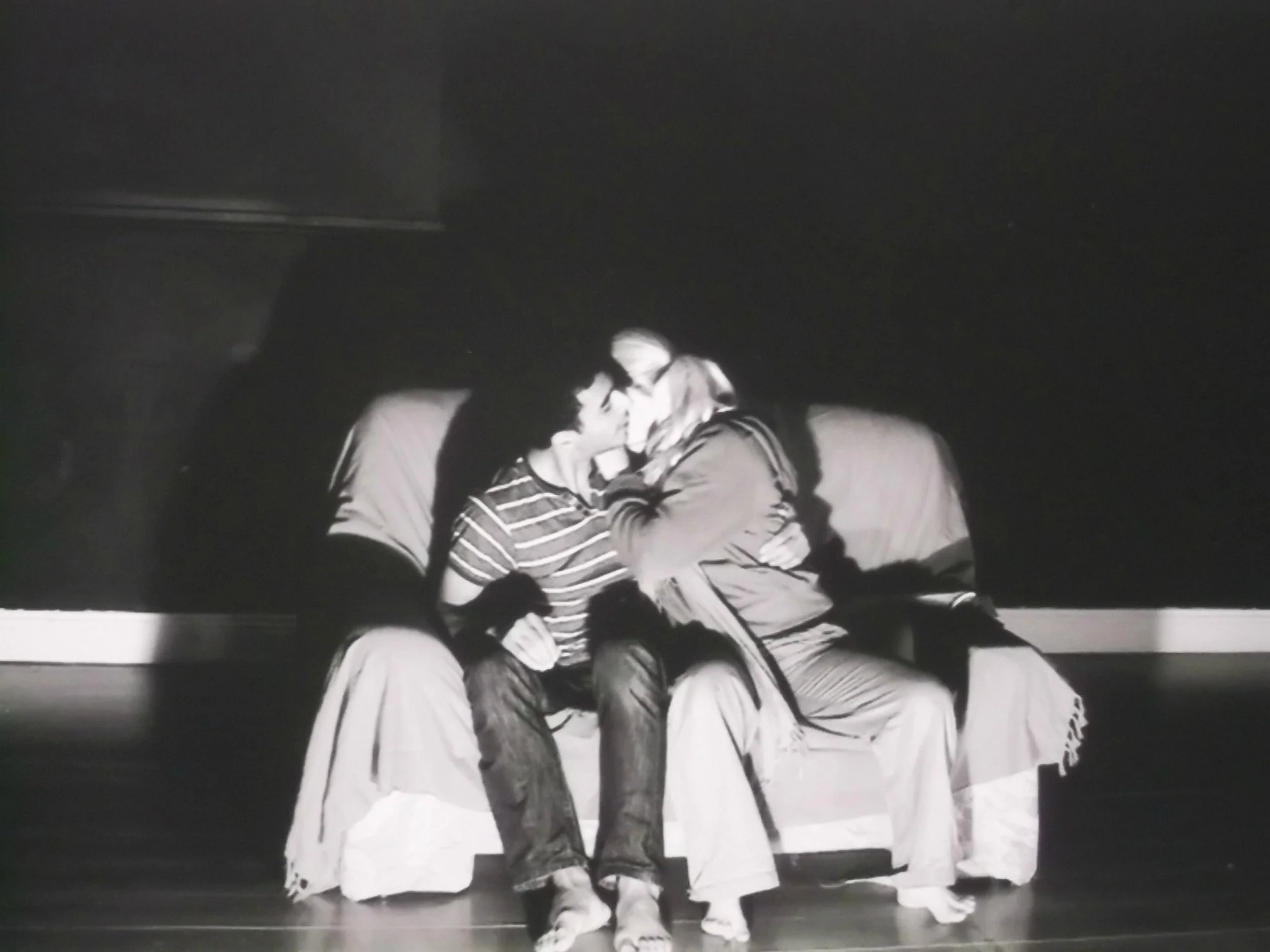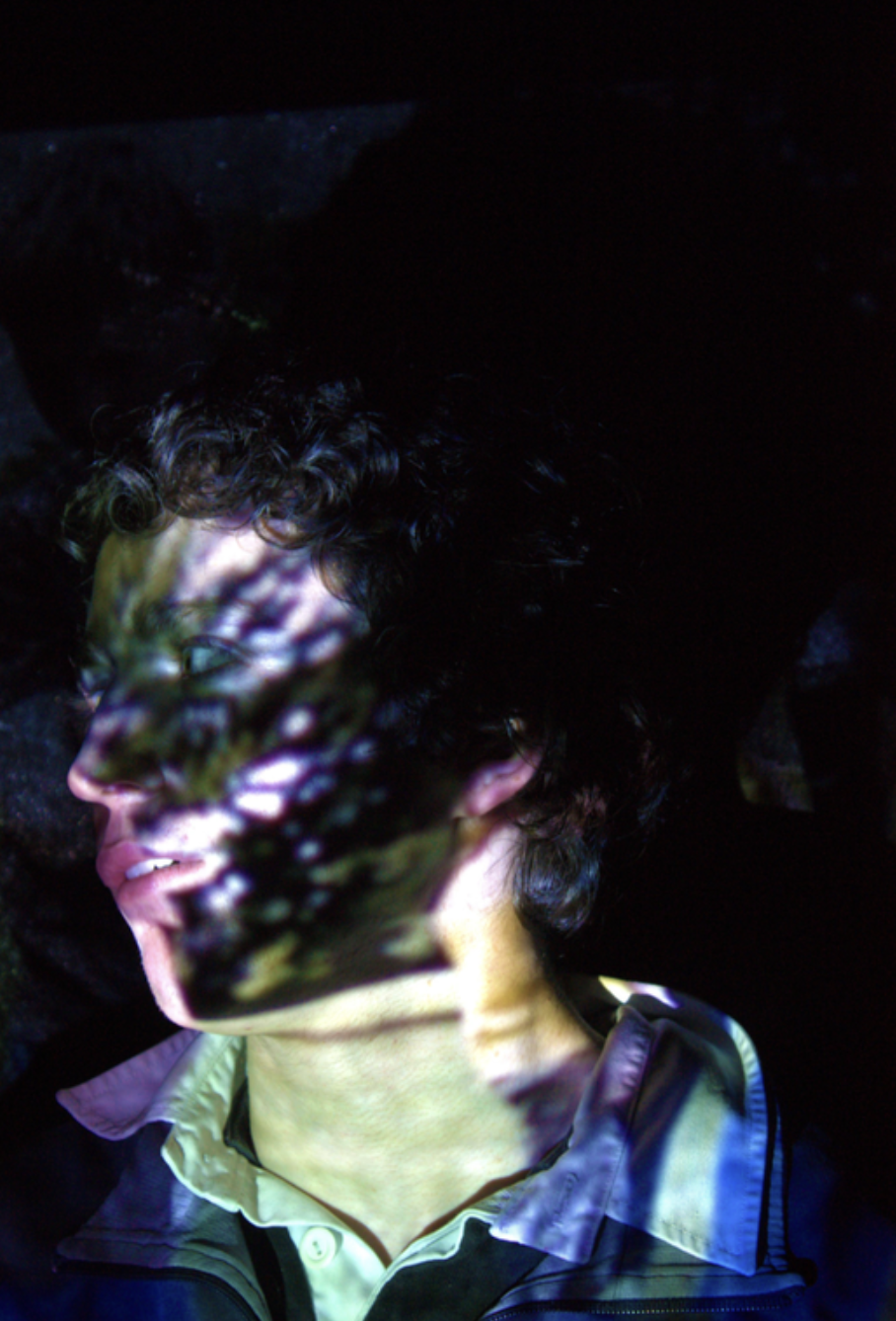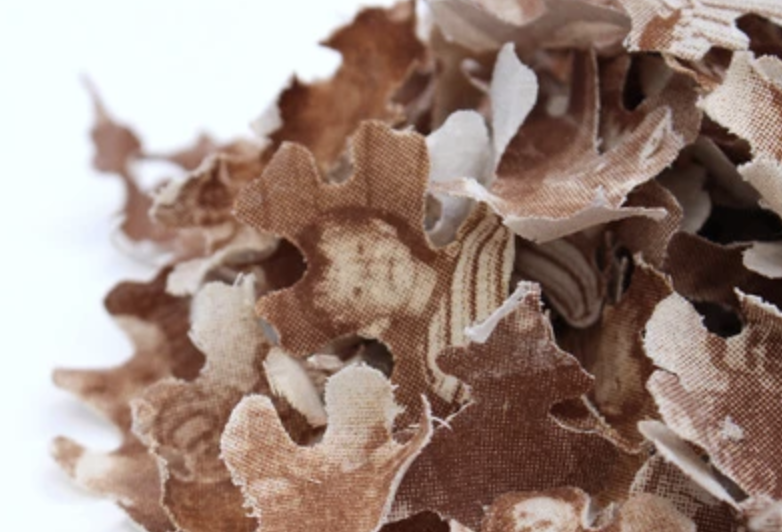The Stigma series
The Stigma Series" is a collection of films that delves into the raw and often silenced aspects of the human experience. Through visual storytelling, this body of work explores themes such as speech impediments, domestic violence, neglect, and self-harm, shedding light on the shadows that society tends to shy away from.
In each film, the focus is not merely on the challenges faced by individuals dealing with these issues but on dismantling the stigma that surrounds them. The intention is to initiate conversations
Romeo
The video work titled "Romeo" portrays an addictive connection between two individuals, subtly revealing a darker undertone in their relationship. The central focus is a lone settee symbolizing domesticity, while skillful use of lighting creates a beautiful yet shadowy secondary image, adding fluidity to the piece. The visual elements and interactions encapsulate the emotional allure that often precedes recurring patterns and the establishment of dominance. This also reflects the submission within the relationship and the challenges associated with breaking free. The strategically incorporated fade-outs, accompanied by only sound, invite viewers to imagine the continuation, revealing hidden aspects of reality.
Dancers; J. Brown and A. Chavdhry (2013)
Speech
This film explores speech and language through a discussion with a young Irish male with a speech impediment. The work delves into his experiences of school, social settings, and the broader spectrum of life, offering a stirring reflection on societal perceptions of speech.
Memory
"Memory" explores the psychological narratives and fragments of recollection, recreating moments from my own, my family's, and strangers' memories.
These short personal films, layered with those of strangers found on the internet, present an immediate and intimate tangible expression of memory. They represent universal themes of memories fractured, distorted with time, and the human condition at one of its brightest points – childhood. The intention was to evoke an emotional response and connection that resonates with the viewer.
The work follows a pluralistic approach to contemporary installation rooted in the tradition of narrative art.
Early experiences and memories from childhood have become the foundation for the development of my visual language.
I intend for these frozen moments of memories to intimately and physically engage the viewer while sharing an honest reaction and experience that everyone can relate to.
"…Every time we remember anything, the neuronal structure of the memory is delicately transformed, a process called reconsolidation…the memory is altered in the absence of the original stimulus, becoming less about what you remember and more about you. So the purely objective memory, the one "true" to the original taste of the Madeleine, is the one memory you will never know. The moment you remember the cookie's taste is the same moment you forget what it really tasted like."…Proust presciently anticipated the discovery of memory reconsolidation. For him, memories were like sentences: they were things you never stopped changing…so you could say that our memories are not like fiction. They are fiction. If you prevent the memory from changing it ceases to exist. …This is Proust's guilty secret: we have to misremember something in order to remember it."
— Jonah Lehrer, Proust Was a Neuroscientist.
Film: 4:00 mins
Film: 3:00 mins
Film: 5:00 mins





